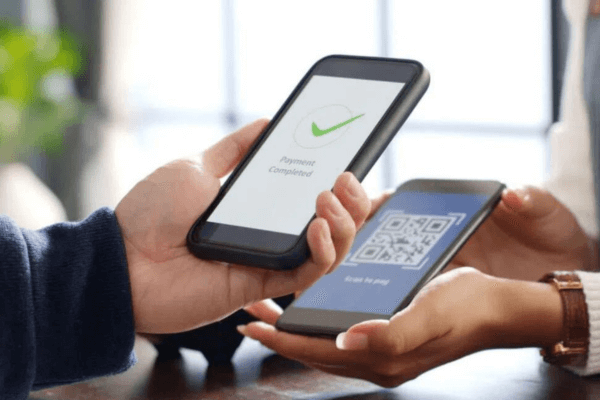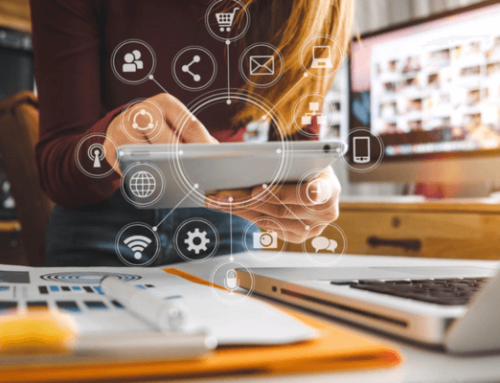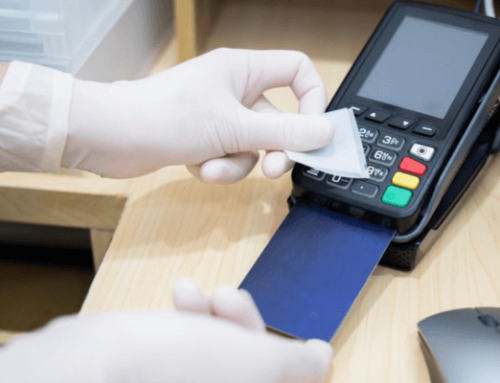
Long gone are the days when payments were limited to notes, coins and the occasional cheque.
After debit/credit cards ushered in a new era in payments at the end of the 20th century, the new century, the result of digital technology coming onto the scene, has brought with it means of payment that not even the best of dreams could have imagined would be possible.
One of the great authors of this development goes by the name of NFC (Near Field Communication), a technology that allows information to be exchanged securely between two compatible devices in close proximity without the need for a connection cable.
This is where contactlessThis is a fundamental means of payment nowadays, which allows face-to-face payments to be made by card, smartphone or any other wearable, as long as the retailer has one payment terminal compatible i.e. a Contactless PIN.
If contactless already represents, according to REDUNIQ Insightsmore than 50% of the turnover of Portuguese businesses, other technologies have been making their way into the area of face-to-face paymentssuch as digital wallets and, more recently, the QR Code.
What are QR Code payments?
Short for "Quick Response Code" (Quick Response Code), the QR Code is a kind of two-dimensional, square-shaped barcode made up of a matrix of smaller squares that contain large amounts of information.
As this information is encrypted, it is now used as a form of payment because of its security.
By reading this code, generated in the automatic payment terminal of the economic agent, customers make their payment quickly and easily by simply bringing their smartphone near.
However, not all terminals have this functionality.
Physical and online payments by QR Code
This is where the innovative TPA comes in REDUNIQ Soft, the first solution of NFC payment Android on the market that allows retailers to receive QR Code payments simply, quickly and securely anywhere, anytime.
TPA REDUNIQ Soft
By transforming your smartphone into a professional payment terminal, the REDUNIQ Soft digital terminal will give you extra mobility and flexibility in managing your business, as it allows you to receive payments by QR Code, ContactlessMB WAY and Wallets anywhere, wherever your business is and without having to pay a monthly fee for a Physical TPA.
The whole operation of this new REDUNIQ payment solution is simple.
Once you've signed up and can start taking payments from your customers, simply install the REDUNIQ Soft app on your smartphone or tablet and your mobile device immediately becomes a fully mobile and digital POS.
How does QR Code payment work on REDUNIQ Soft?
As we've mentioned, the way REDUNIQ Soft works is extremely simple for both the retailer and the customer.
Imagine you have a drugstore and your customer has ordered 10 bags of cement. As the customer placed the order over the phone, when you deliver the parcel to the customer, they can pay via the retailer's smartphone, by QR code, using the MB WAY app. All the courier has to do is show the QR code to the customer so that they can scan it themselves.
To explain it step by step:
Step 1: Enter the amount to be paid by the customer in the application;
Step 2: Choose the payment method you want, by QR Code;
Step 3: The customer scans the QR Code in the MB WAY App;
Step 4: Receive the customer's money in your account.
As you can see, REDUNIQ Soft gives your business extra mobility and simplifies payment and management processes, but there are more advantages. To wit:
- Accept mobile payments via NFC, QR Code, mobile phone number or Contactless simply and securely, without the need for a physical POS;
- Accept payments anywhere, wherever your business is;
- Possibility of accessing the application on your smartphone or tablet;
- A more digital service, without the need to print tickets, and therefore more sustainable;
- Simplified payments via national and international credit and debit cards, contactless, MB WAY and digital wallets;
- No need for extra equipment;
- Possibility of remote returns.
REDUNIQ Soft is not, however, the only REDUNIQ solution for receiving payments by QR Code. REDUNIQ E-Commerce.
REDUNIQ E-commerce
For retailers who run physical and online businesses in areas as diverse as vending, street vending or catering, through the solution REDUNIQ E-CommerceThese can generate static QR Codes in the back office and place them on vending machines, billboards to publicise events, on promotional leaflets or to simulate an aisle of articles.
For example, a customer sees a promotional leaflet for your restaurant showing the various dishes on offer, with the QR Codes associated with each product, which can be delivered to their home and decides to order a meal.
To do this, the customer simply opens the MB WAY app and selects Pay with MB WAY. They then scan the QR Code, review the purchase information, fill in the delivery address where they will receive the food and confirm the MB WAY payment.
Note that the Static QR is not just for payments.
Among other things, Static QR can also be used to promote articles, events or promotions.
Types of QR Code payments
Finally, and briefly, QR Code payments can be made in three different ways:
-
Digitisation
Using their smartphone, consumers scan the QR Code that the retailer displays for the products or services they have purchased and click on the option to finalise payment.
-
The retailer digitises the QR Code
Once the amount to be paid has been calculated, the consumer opens the QR Code payment application (which will contain their bank card details) and the retailer scans the code to process the transaction.
-
Payment by mobile app
In this last form of payment by QR Code, both the customer and the retailer open their respective payment application.
The customer then uses their app to scan the QR Code that was generated with the value of the purchases in the retailer's app, confirms the amount and finalises the transaction.


